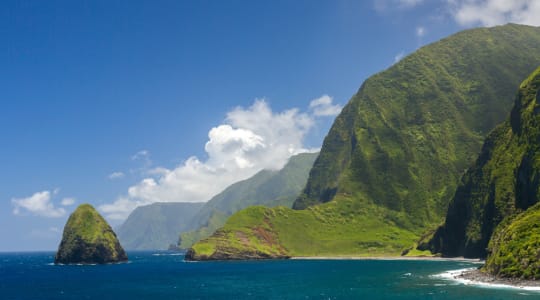
Kalaupapa National Historical Park is located on the Hawaiian island of Molokai and is dedicated to preserving the history of the leprosy colony that was established there in the late 19th century. The park encompasses the Kalaupapa Peninsula, which is a remote and secluded peninsula surrounded by cliffs, and was chosen as the site of the colony due to its isolated location and difficulty of access, which was believed to prevent the spread of the disease.
The leprosy colony at Kalaupapa was in operation from 1866 to 1969, and during this time, over 8,000 people were forcibly relocated to the settlement, including patients and staff. Many of these individuals lived out their lives in isolation on the peninsula, separated from their families and loved ones.
Today, Kalaupapa National Historical Park is a site of pilgrimage and remembrance for those who were affected by the colony, and for their families and descendants. Visitors can take guided tours of the settlement and learn about the history and impact of the leprosy colony.
Explore Near Kalaupapa National Park
Discover 2 attractions and 3 airports within 75km. Perfect for planning day trips, finding connecting flights, or discovering new destinations to explore during your visit.
Nearby Attractions & Places to Visit
2 destinations within 36.6km - 39.7km from your location


Airports Near Kalaupapa National Park
3 destinations within 14.4km - 43.6km from your location
Cross-Border Adventures Near Kalaupapa National Park
Discover cross-border adventures near Kalaupapa National Park. Explore neighboring countries with similar attractions and extend your travel experience across borders.

